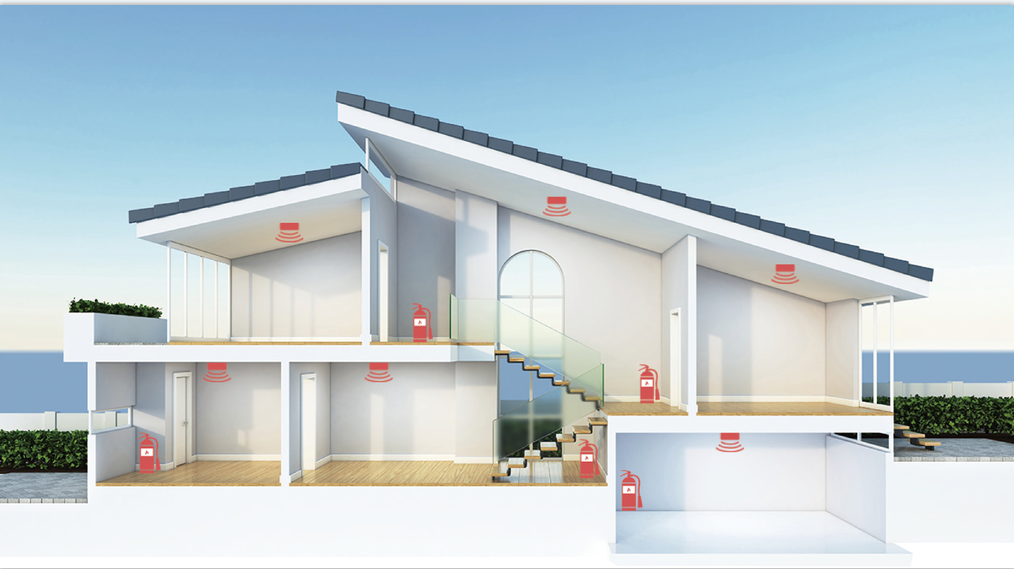Household Wireless Optical Smoke Detector En14604
Description
Standalone smoke detector doesn`t need wiring, and uses battery power. Once there is fire, it will sense the smoke and alarm. It can be used in net bars, dance halls, coffee shops, residences and so on for fire monitoring.
With the standalone smoke detector, there will be a reminder when forgetting to turn off the stove. The detector will detect the smoke, and immediately make a sound louder than 80 dB and start to flash, warning people that there is a fire and that they should take measures to protect themselves in time.
Product Description
•10 years battery life time
•3V (incorporating non-replaceable lithium battery)
•Photoelectric sensing self-check
•Loud>85db(A) alarm signal(3M)
•Flash alarm indicator(red LED)
•Test button
•Low Battery signal
•Local alarm memory
•Nine-minute timer for nominal silence mode
•End of life indicator
•N.W.:56g(include battery)
•Dimensions: Ф46*51.6mm
Product characteristics:
It adopts photoelectric omni-directional detection, mini-design, compact and delicate; with alarm memory function; 10years end of life warning; with test button; low voltage signal reminder.
Product Parameter
Model No.
LZ-1951A
Standard
EN14604:2005/AC:2008
Voltage
DC 3V(non-replaceable)
Standby current
≤5uA
Alarm current
≤120mA
Sensor type
Photoelectric
Temperature
0°C~+40°C
Ambient Humidity
≤95%R.H
Alarm indication
Red LED & Buzzer
Alarm memory
Green/Red LED
Hush time
8~10min
Sound pressure
≥85dB(around 3m)
Weight
≈56g(incl.battery)
Product size
Φ46*50mm
Installation way
Wall or Ceiling mounting
Where Should Smoke Alarms be Installed?
Fire alarms should be installed on every level of the home, outside sleeping areas, and inside bedrooms A smoke alarm should be installed and maintained according to the manufacturer’s instructions. When installing a smoke alarm, many factors influence where you will place the alarm, including how many are to be installed. Consider placing alarms along your escape path to assist in egress in limited-visibility conditions. In general, you should place alarms in the center of a ceiling or, if you place them on a wall, they should be near the ceiling.
Applicable place

${currentPro.title}





















